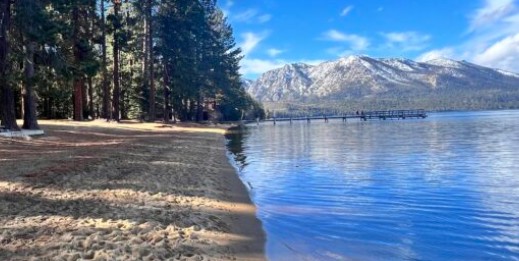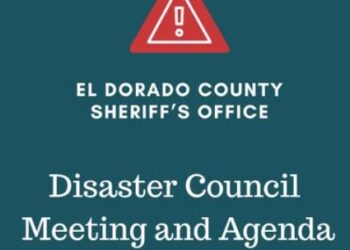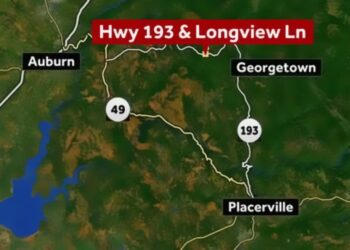SOUTH LAKE TAHOE, Calif. — August 2, 2025 — Health officials in El Dorado County are urging the public to avoid water contact along the South Shore of Lake Tahoe after routine water quality monitoring revealed elevated levels of Escherichia coli (E. coli) near the Camp Richardson Resort.
The samples, collected earlier this week as part of ongoing summer monitoring efforts, showed bacterial concentrations exceeding state recreational water quality standards. E. coli is a bacteria commonly found in the intestines of humans and animals and is used as an indicator of fecal contamination in water sources. Exposure to contaminated water can lead to gastrointestinal illness, skin infections, or more serious health conditions in vulnerable individuals.
“We’re issuing this advisory out of an abundance of caution to protect public health,”
said Jennifer Carr, a spokesperson for the El Dorado County Environmental Management Department.
“While Lake Tahoe generally has excellent water quality, this spike is a reminder that heavy recreational use, stormwater runoff, or wildlife activity can temporarily impact safety.”
Camp Richardson is a popular destination for families, boaters, and swimmers, especially during peak summer weekends. Officials have placed advisory signs along the shoreline near the resort and are coordinating with the U.S. Forest Service and the Lahontan Regional Water Quality Control Board to investigate the source of contamination and conduct follow-up testing.
Water samples from nearby areas, including Pope Beach and Baldwin Beach, are also being evaluated, though no additional advisories have been issued as of Friday afternoon.
Health officials recommend avoiding all contact with the water in the affected zone until new test results confirm safe levels. Boating remains permitted, but direct contact with the water should be limited. Pet owners are also advised to prevent animals from entering the water.
Additional test results are expected early next week. Updates will be posted on the county’s Environmental Management website and the South Tahoe Public Utility District’s water quality portal.
Anyone experiencing symptoms such as nausea, vomiting, or diarrhea after recent lake exposure should consult a healthcare provider.









